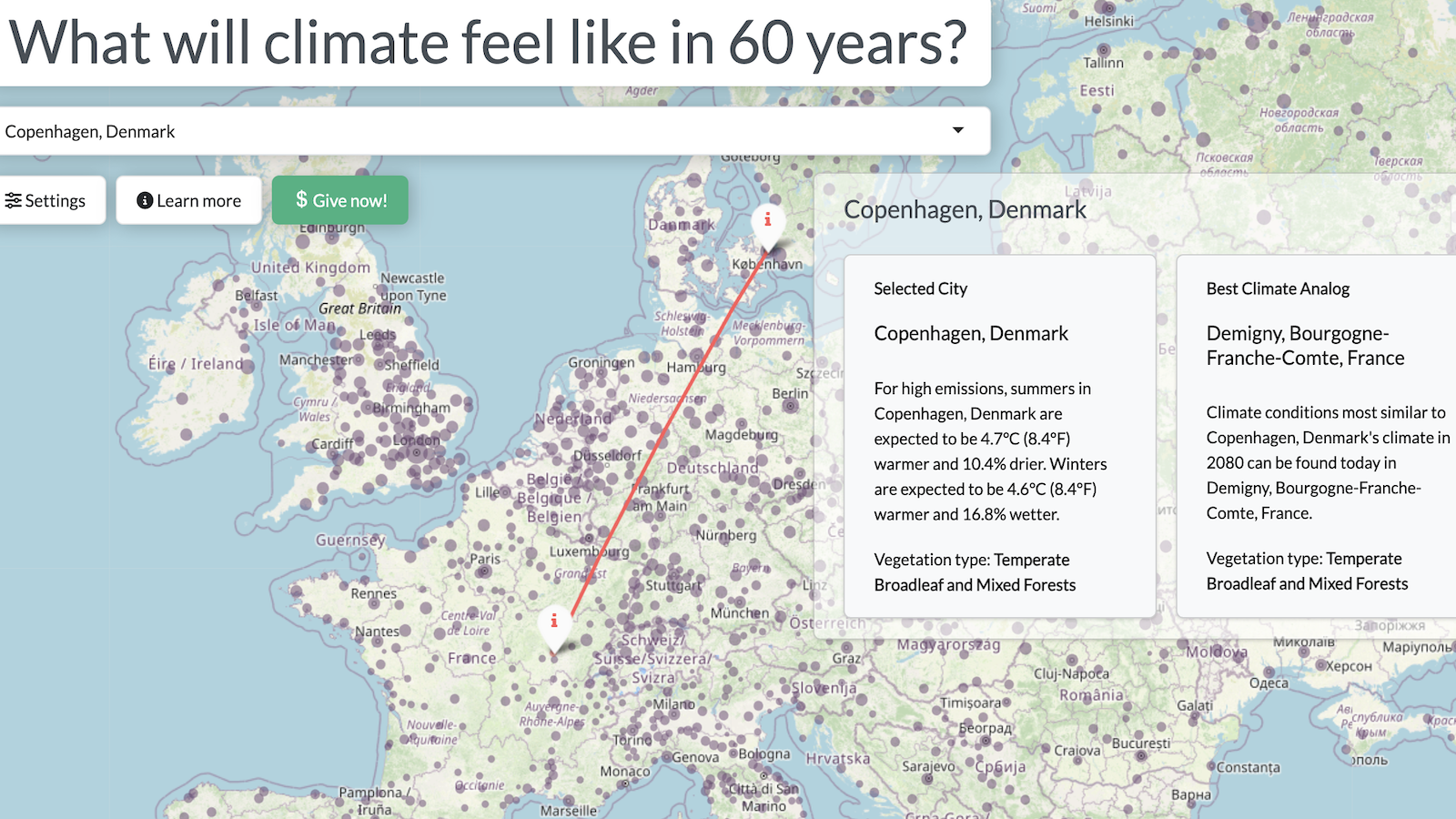The Need to Ration Water in California is Growing

No one likes it when resources are rationed, but Californians may force the state (or even federal) government’s hand if they don’t voluntarily cut their water usage. That’s because — as you likely know — California’s current drought is teetering toward the unprecedented. We’ve been talking about it a lot in this space over the past year. It appears things are only about to get worse.
Here’s Chris Mooney from the Energy and Environment section of The Washington Post:
“The water situation in California is getting downright scary. Last week, the Department of Water Resources found “no snow whatsoever” in its Sierra Nevada snowpack survey and Gov. Jerry Brown declared mandatory reductions in water usage in the state. In particular, the more than 400 agencies supplying water to urban areas will have to cut total usage by 25 percent below 2013 levels.”
Mooney goes on to note that, despite the perilous situation, the sorts of “draconian” rationing you see in times of war or catastrophe have yet to materialize. California’s drought map looks like this right now:

…and still people in that giant swath of red-brown are watering their lawns every day.
I grew up in California. I understand the psyche. “Paradise on Earth” and all that jazz. I also know that it’s not likely the typical Californian gives up their lawn or long showers or Slip’N Slides any time soon.
Mooney communicates a more optimistic perspective:
“But a crucial part of the savings, especially for more innovative water districts, may not have to be mandatory at all, say several California water experts. Instead, savings can emerge from finding more voluntary ways to change people’s water-use habits and behaviors. That may include both pricing water differently, especially beyond a certain base level of use, and also ‘nudging‘ people, in the popular parlance of behavioral economics, to adopt different water-use behaviors.”
These include the obvious like adjusting the pricing scales for local water utilities. The more water you use above what is deemed necessary, the larger the rate you’re charged. Mooney notes that this approach has led to modest successes already:
“In a study recently published in the journal Land Economics (earlier draft here), Kenneth Baerenklau of the University of California at Riverside and two colleagues demonstrated big water savings with such an approach.”
But with the drought already out of control and the need to do something about it becoming more dire, the benefits of nudging may take too long to resonate in what it a very “now” crisis. Plus this is California, where people bellyache about gas prices at $5/gal and then continue to drive with the same frequency as before.
Mooney includes several other strategies being employed throughout the state, but settles on the fact that things are eventually going to get to the point when mandatory restrictions are put into place. For now, the state is going to run its nudging plan as far as it’ll go. For the rest of the country dependent on California’s vital agriculture, it’s best to hope that they soon realize nudging will only get them so far.
Read more at The Washington Post.
Photo credit: topseller / Shutterstock




